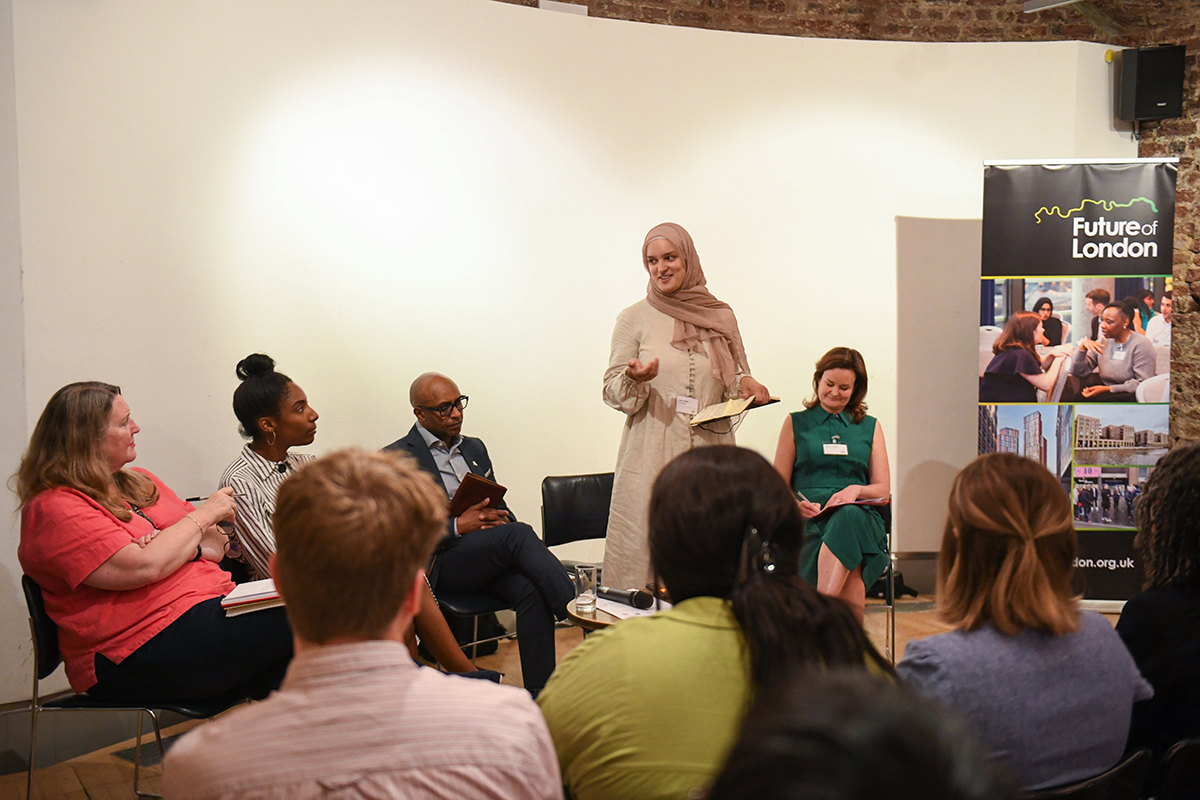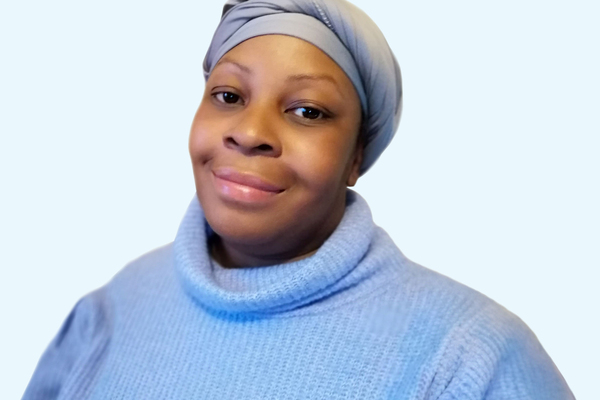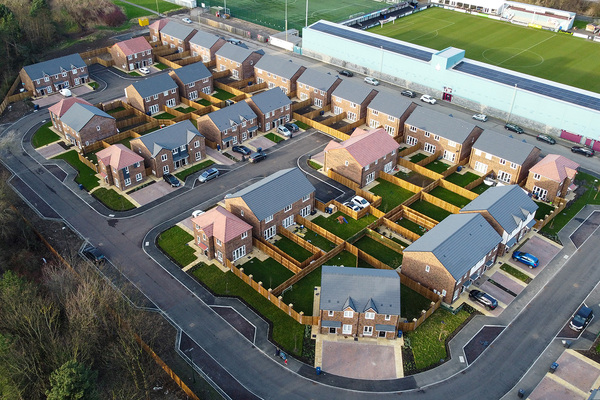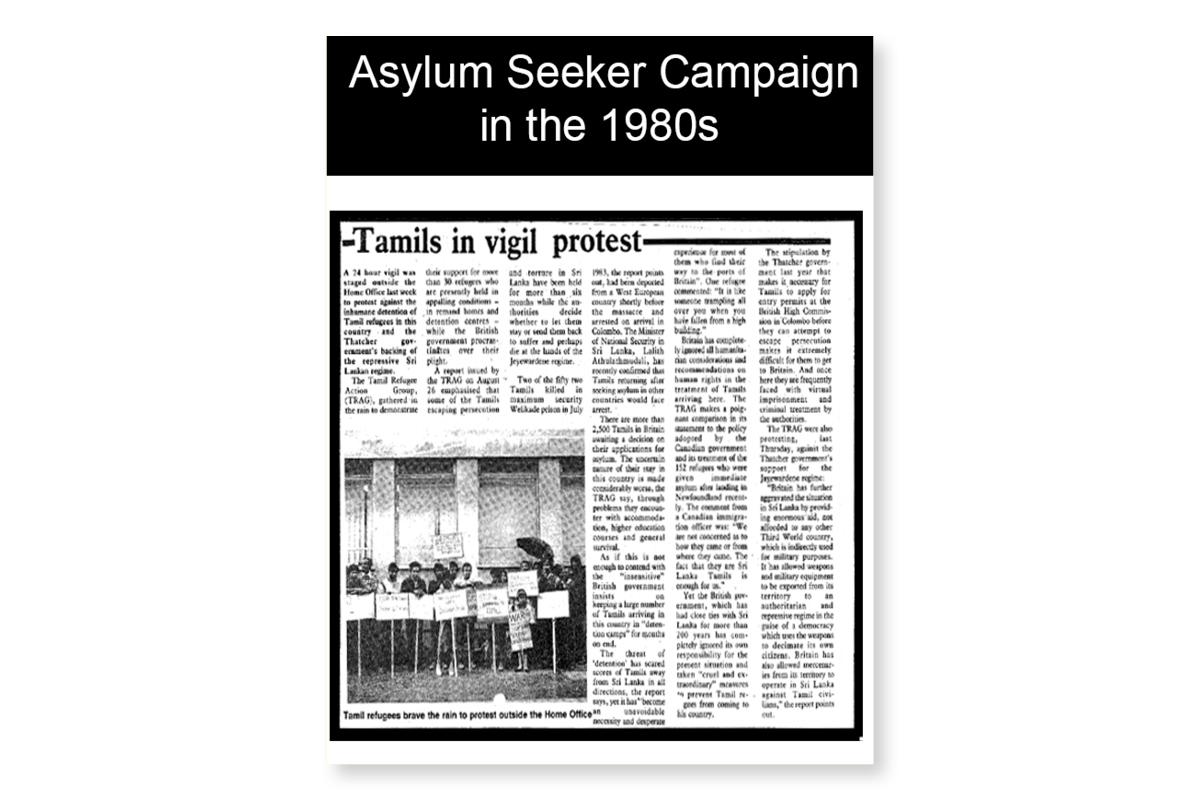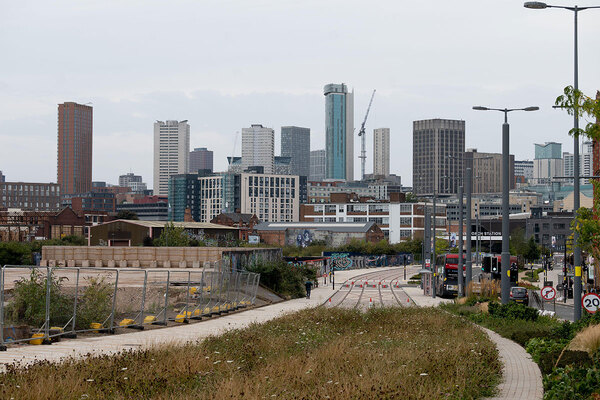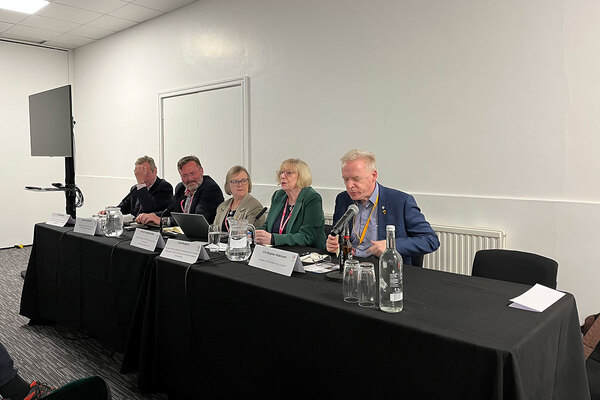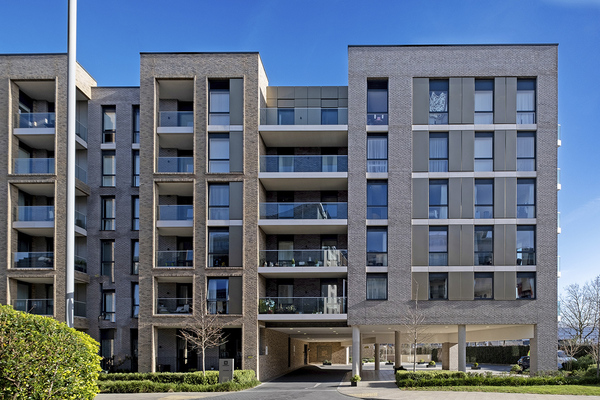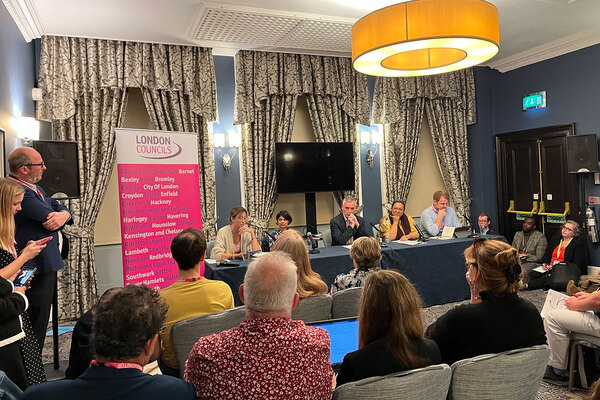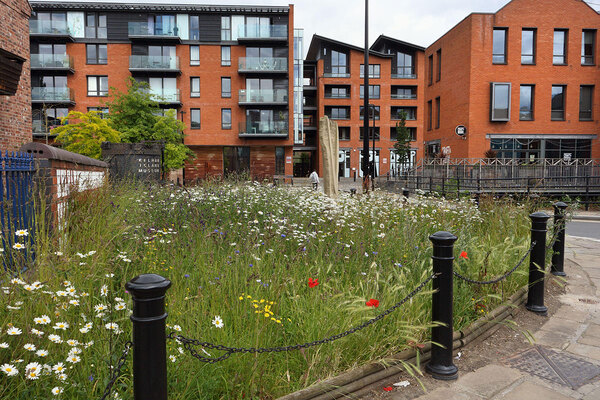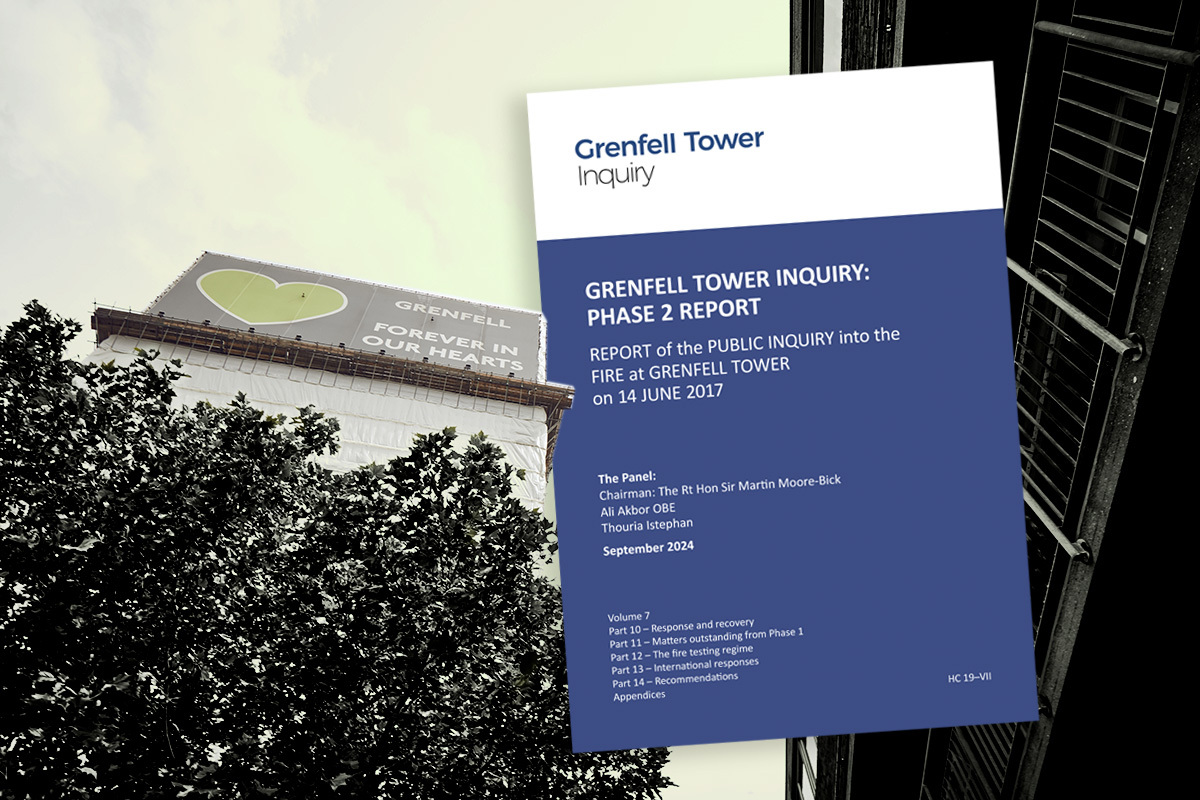You are viewing 1 of your 1 free articles
The housing associations still working to serve South Asian communities
In the 1970s and ’80s, a number of housing associations were set up to meet the needs of South Asian communities in their areas. To mark South Asian Heritage Month, Caroline Thorpe looks at the associations that still have this focus and how they have changed since being founded
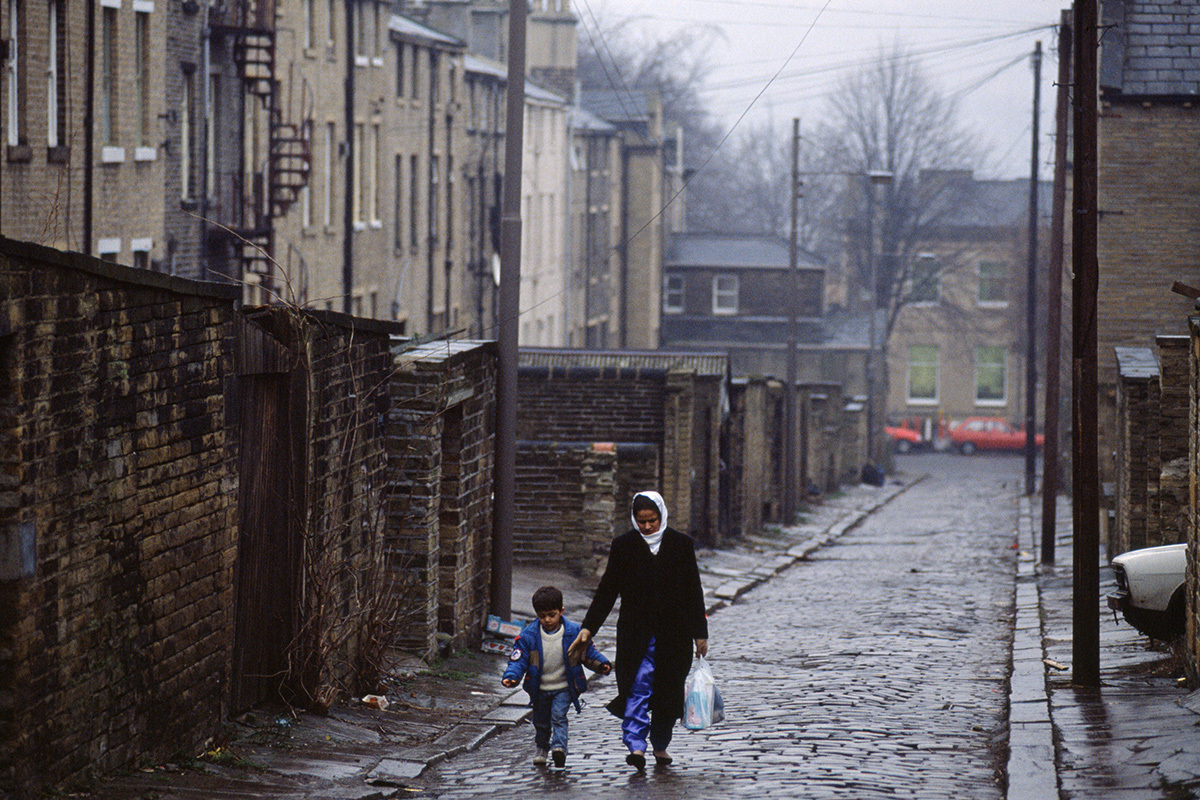
“BME [Black and minority ethnic] housing associations have been instrumental in improving the housing conditions of people from the South Asian community,” says Mushtaq Khan, chief executive of the Housing Diversity Network.
Speaking as South Asian Heritage Month (SAHM), which runs annually from 18 July to 17 August, gets well under way, Mr Khan describes a movement as relevant today as when it was established 40 years ago.
He says: “These organisations were set up in the 1980s because of the inability of the mainstream to cater for these communities in terms of culturally sensitive provision, and to meet overwhelming housing demand.
“Moving to today, we know that issues like discrimination and structural racism still prevent the housing system being fair for everyone, and that’s why we welcome the new emphasis on building affordable and socially rented housing.
“We think the influence of small, local, community-based organisations will be even more important as we seek to meet the needs and aspirations of the South Asian community.”
To mark SAHM, Inside Housing profiles five South Asian housing associations still focused on the communities they were set up to serve.
Spitalfields Housing Association
Then: Founded as a co-operative in 1979 to give Bangladeshi families an alternative to poor, overcrowded housing in the Spitalfields area of east London.
The 1980s saw Spitalfields Housing Association quickly abandon its co-operative status in favour of registration with the Housing Corporation, a forerunner of Homes England, enabling it to begin developing homes suitable for often large Bangladeshi families.
That decade also saw the association attract housing royalty in the form of the late Steve Douglas, who became its chief executive at the age of 29 before going on to run Asra Housing Association. He later ran the Housing Corporation, and received a CBE for services to housing in 2019.
Now: Today, Spitalfields Housing Association says it serves “numerous communities in one of the most diverse cities in the world”, employs staff from many Black, Asian and minority ethnic backgrounds and “supports diversity and inclusion in all forms”.
Generating an annual surplus of almost £2m in 2023, the association has 850 homes in the east London borough of Tower Hamlets. It has ambitions to own 1,000 homes.
Manningham Housing Association
Then: In 1986, Manningham Housing Association (MHA) launched with two homes, after research into the living arrangements of Pakistani and Bangladeshi families in Bradford revealed that 772 families were living in just 102 terraced two and three-bedroom homes.
The association evolved in the late 1980s from the Bangladeshi Youth Organisation (BYO) in Bradford, with roots in the city’s anti-fascist and anti-racist movements of the time. BYO identified the pressing need to provide local Bangladeshi and Pakistani families with an alternative to poor, often severely overcrowded housing. The organisation also discovered that these communities were wary of the racism present on local council estates.
In 1985, a £1,500 grant from Bradford City Council funded the research that uncovered the extent of local Asian families’ housing problems. The following year, MHA registered with the Housing Corporation, which had announced plans for the promotion and registration of “Black-led” housing organisations.
Now: MHA houses more than 6,000 people, 68% of them of South Asian heritage, in more than 1,400 homes in Bradford and Keighley.
While its scope has widened, MHA remains focused on delivering housing choice and quality for large Bangladeshi and Pakistani families, aware that Bradford is one of the most deprived local authority districts in England.
Currently, more than two-thirds of MHA’s homes have at least three bedrooms.
Asra (now PA Housing)
Then: Asra’s origins lie in the late 1970s and recognition by first-generation South Asian immigrants that their unmet housing needs were hindering their ability to get on in the UK.
Derived from the words for ‘shelter’ in Hindi and Gujarati, Asra was born from the negative experiences of South Asian migrants to the UK in the late 1970s. This group felt marginalised and feared that their children’s futures would not live up to their expectations on crossing continents. Poor housing conditions were a particular gripe.
Two ‘Asras’ developed – one in London, the other in Leicester. Improving housing was a key aim, alongside opening doors for the South Asian community by developing relationships with key institutions and increasing understanding of their particular needs.
As with Manningham Housing Association, research was used to map out the community’s housing needs and get them taken seriously. In 1984, Asra Greater London Housing Association began life.
Now: Following various mergers, including with Leicester Housing Association and Family First in 2006 to become LHA-ASRA and, six years later, with ASRA Midlands Housing Association to become ASRA Housing Group, the Asra brand grew to become the UK’s largest Black, Asian and minority ethnic housing association, with 14,000 homes. In turn, this joined with Paragon Community Housing Group to become PA Housing in 2017.
Today, 23,000-home PA Housing boasts mixed heritage. It combines many different associations, from the original Asra and other Midlands-based Black, Asian and minority ethnic landlords to commuter-belt providers in London and the South East.
Tamil Housing
Then: Tamil Housing was founded in London in 1986 to support refugees from Sri Lanka.
The association began life as the Tamil Refugee Action Group (TRAG) when community organisers launched the group to address the housing and support needs of Tamil refugees arriving from Sri Lanka. A decade later, TRAG relaunched as Tamil Community Housing Association (TCHA), becoming an ‘industrial and provident society’ with charitable status in 2003.
Now: In 2023, TCHA merged with Apna Ghar Housing Association. Named after the phrase meaning ‘our home’ in Hindi, Apna Ghar itself was founded in 1979 to house and support people with disabilities, in particular those with an Asian background.
The two associations shared a vision not only to provide homes, but also to invest surplus funds in community initiatives. An ongoing example is the Tamil Housing Scholarship Fund, which has helped more than 80 residents with undergraduate university funding since 2011.
Today, Tamil Housing owns 625 homes, mostly in London.
Inquilab Housing Association (now Karibu Community Homes)
Then: Inquilab registered as a housing association in 1987, in response to mainstream housing failing to address the needs of Black, Asian and minority ethnic communities.
Inquilab’s founders built on the momentum created by the activists and public sector workers seeking better housing and services for the largely Asian population in and around Southall in west London during the 1980s.
With ‘Inquilab’ coming from the Urdu word for ‘revolution’, the association had its sights set on challenging the housing status quo and seeking positive change.
Now: In April 2024, 1,350-home Inquilab merged with Westway Housing Association to create Karibu Community Homes, which has 1,900 homes and 5,000 residents in London and the surrounding area.
Post-merger, the organisation continues to aim to offer culturally sensitive and community-focused services.
Sign up for our daily newsletter
Already have an account? Click here to manage your newsletters
Sign up to the Inside Housing Communications Conference 2024
With an upcoming election, and a raft of regulatory changes within the Social Housing (Regulation) Act aimed at improving communication between landlords and tenants, housing communicators are navigating a multitude of priorities in an ever-changing environment.
Join over 250 communications professionals and hear from 50 speakers across three content streams covering both internal and external communications. The conference will explore how to influence key stakeholders and deal with emerging issues in a transparent and empathetic way to improve the lives of those in our communities.
